Spain isn’t just flamenco, paella, or postcard bullfights. Tourists flock to famous festivals and monuments, yet the real heart of Spanish culture beats quietly in family homes across the country. These intimate traditions have been passed down through generations, creating bonds that hold families together like invisible threads.
Most visitors never glimpse these personal rituals. They happen behind closed doors, in kitchens where grandmothers whisper secrets, around dining tables where stories flow as freely as wine.
Here is a list of 14 Spanish family traditions that reveal the true soul of this passionate nation.
La Sobremesa
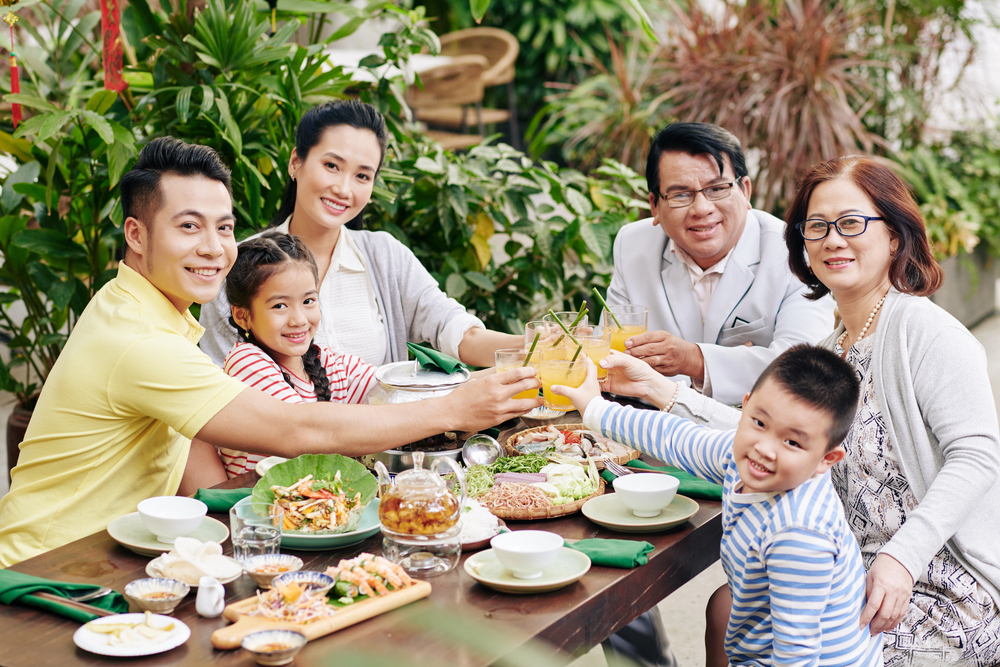
After every meal, Spanish families practice something that doesn’t exist in most cultures: la sobremesa. This sacred time means everyone stays at the table long after the last bite, talking, laughing, simply being together. It’s not unusual for sobremesa to stretch for hours, especially on Sundays.
Think of it as the complete opposite of fast food culture, where conversation matters just as much as the meal itself. Grandparents share old stories while parents catch up on each other’s days, and children learn the art of unhurried connection.
El Roscón de Reyes Ritual
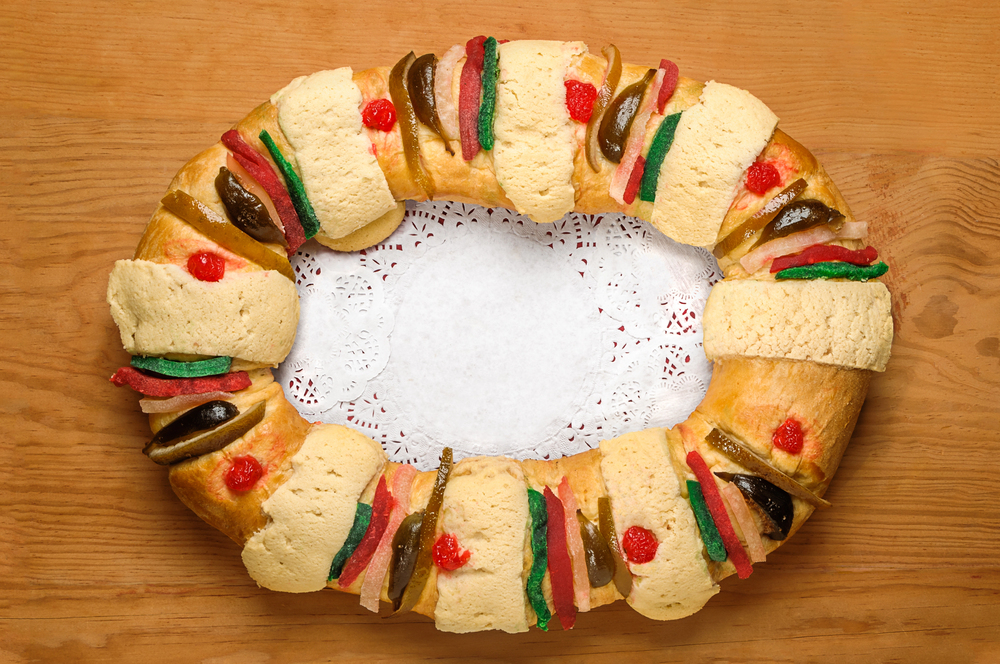
Every January 6th, Spanish families gather around a special ring-shaped cake called roscón de reyes for Three Kings Day. Hidden inside are a small figurine and a dried bean — whoever finds them has wildly different fates.
The person who discovers the figurine becomes king or queen for the day, getting to wear a paper crown. However, the unlucky soul who bites into the bean must pay for next year’s cake.
This tradition transforms a simple dessert into a family lottery that creates anticipation, laughter, and the occasional friendly argument about whether someone actually swallowed the evidence.
Like Travel Pug’s content? Follow us on MSN.
Las Migas de Pastor

In rural Spanish families, particularly in Andalusia and Extremadura, making migas de pastor (shepherd’s crumbs) serves as a weekend tradition that brings everyone into the kitchen. This humble dish transforms yesterday’s stale bread into a feast using olive oil, garlic, and whatever leftovers are available.
The secret isn’t just in the recipe but in the ritual of everyone taking turns stirring the heavy iron pan. Children learn by watching their grandparents’ weathered hands work the wooden spoon, while the kitchen fills with stories of harder times when wasting food wasn’t an option.
El Belén Familiar
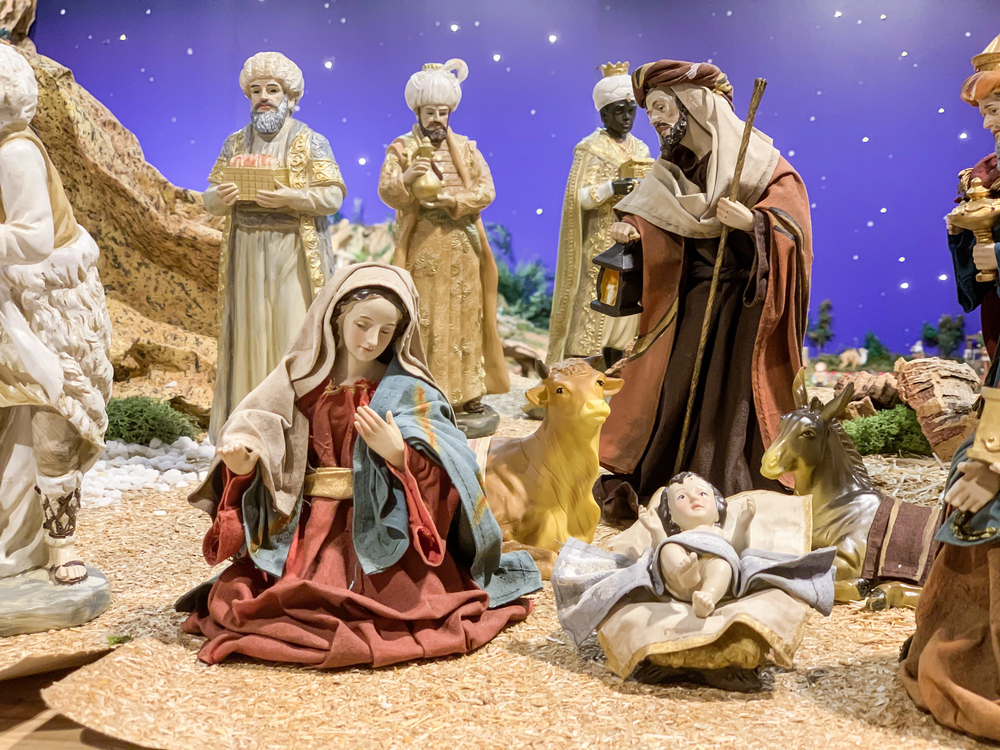
Spanish families don’t just put up a Christmas tree. They create elaborate nativity scenes called belenes that become month-long family projects.
Starting in early December, multiple generations work together building miniature villages complete with rivers made from mirrors — mountains crafted from newspaper, tiny figures collected over decades. Each family has their own style and secret techniques passed down through generations.
Some belenes grow so complex that they take over entire rooms, though visiting other families’ creations becomes a neighborhood tradition in itself.
La Matanza
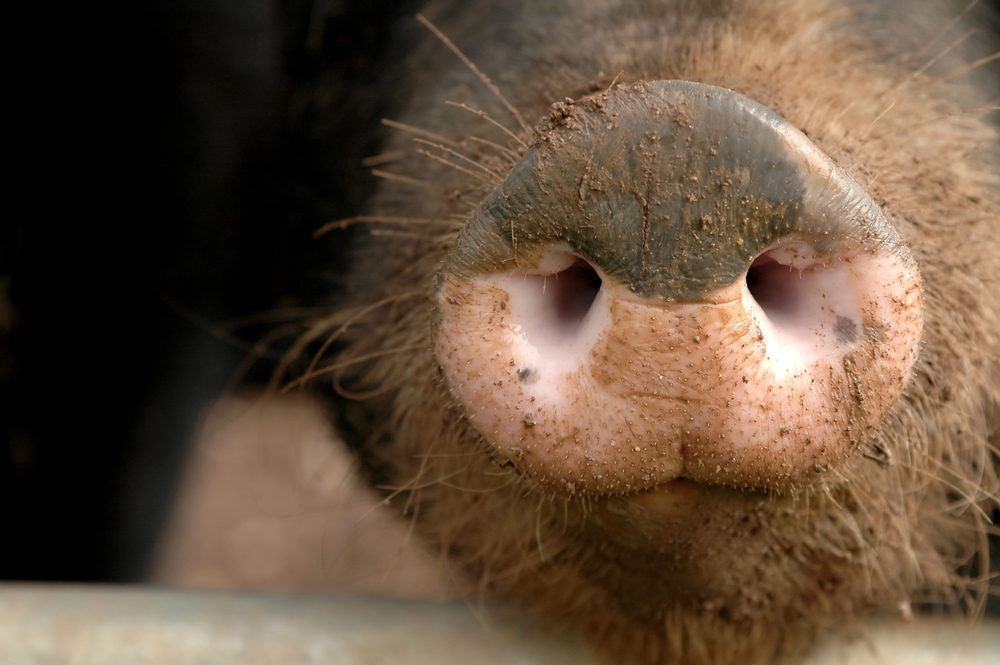
In many Spanish villages, families still practice la matanza — the traditional pig slaughter that happens in late autumn or early winter. Before anyone cringes, understand that this isn’t about violence. It’s about respect, community, and zero waste.
The entire extended family gathers for what becomes part work, part celebration — creating chorizo, morcilla, and lomo that will feed the family all year. Children learn where their food comes from and the value of using every part of an animal.
It’s a tradition that connects modern Spanish families to their agricultural roots in ways that grocery stores never could.
Like Travel Pug’s content? Follow us on MSN.
Domingo de Tortilla
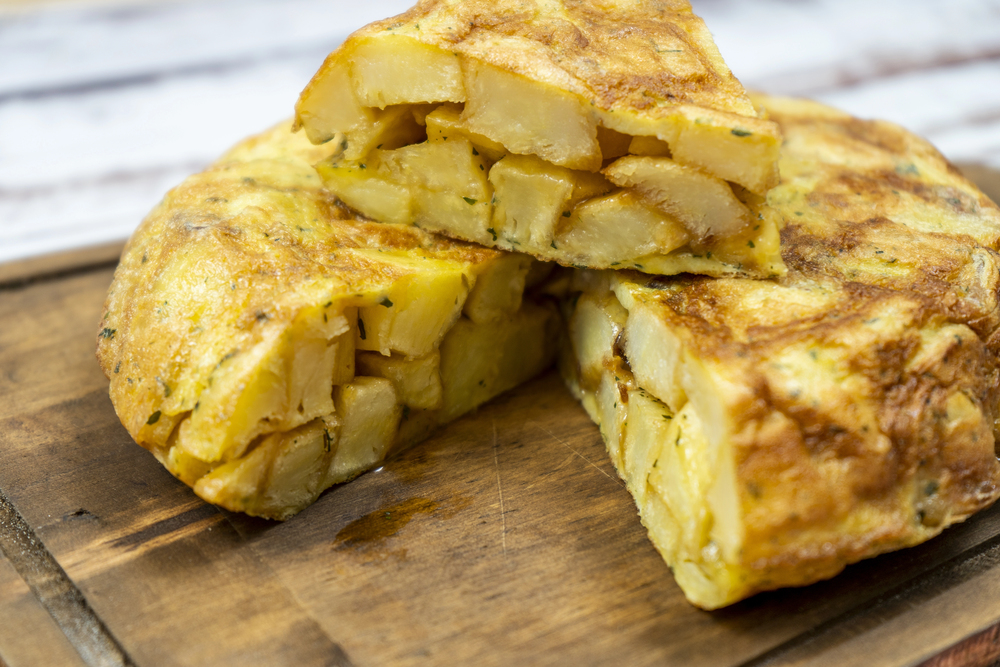
Sunday mornings in Spanish households often revolve around the tortilla española, though not the way you’d expect. Making the perfect potato omelet becomes a family competition where everyone has strong opinions about thickness, doneness, whether onions belong inside.
Mothers teach daughters the wrist-flipping technique while fathers argue about oil temperature, and grandmothers judge silently from the corner. The real tradition isn’t just eating the tortilla. It’s the passionate debates about technique that can last longer than the cooking itself.
Las Cartas de los Reyes Magos

Spanish children don’t write letters to Santa — they pen elaborate requests to the Three Wise Men, and these letters become family treasures. Parents help younger children craft their wishes, complete with drawings and promises of good behavior.
Yet here’s the beautiful part: many families keep these letters for decades, creating archives of childhood dreams that get read aloud at family gatherings years later. It’s not uncommon for grown adults to laugh over their childhood requests for impossible pets, their earnest apologies for forgotten chores.
El Vermut de los Domingos
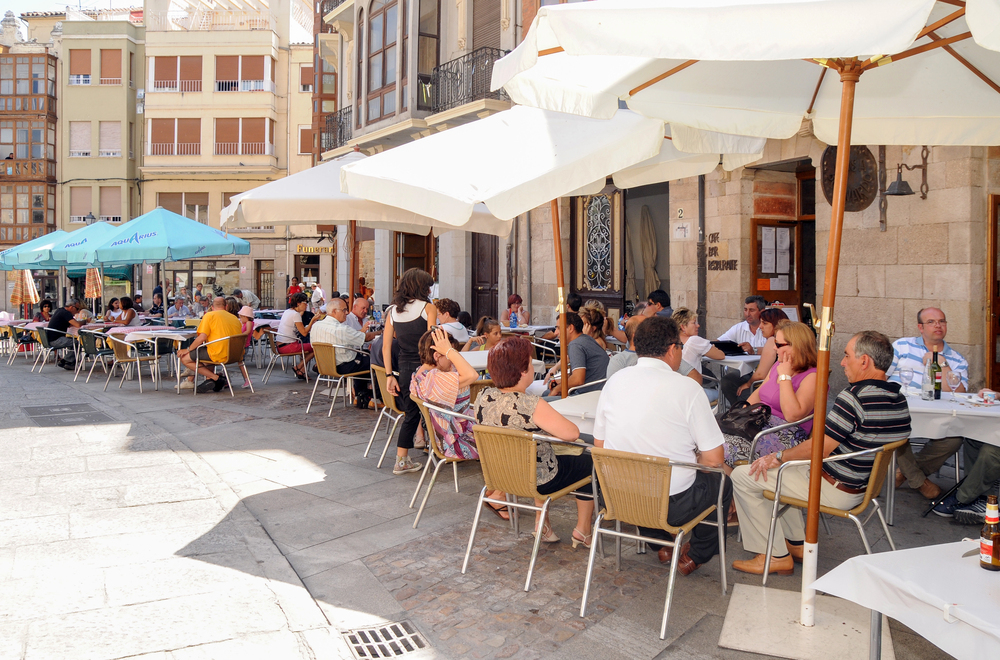
Sunday vermouth hour brings Spanish families together for pre-lunch drinks and tapas in a ritual that bridges generations. This isn’t about getting drunk but about slowing down, savoring the transition from morning to afternoon.
Grandparents sip their vermouth while sharing olives and anchovies, and parents catch up on neighborhood gossip. Children learn that socializing is an art form. The conversation flows from politics to family news, though everyone gets a voice in the discussion.
Like Travel Pug’s content? Follow us on MSN.
La Prueba del Cocido
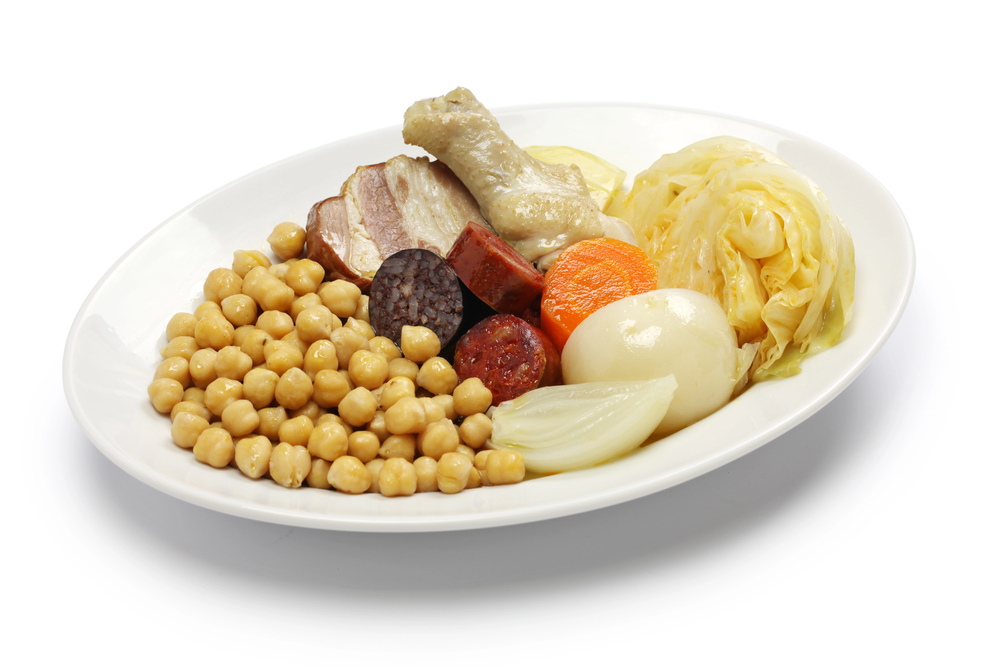
In Madrid and surrounding regions, families test their children’s readiness for adulthood through their ability to properly eat cocido madrileño. This isn’t just about consuming a hearty stew — it’s about understanding the three-course ritual that comes with it. First the broth, then the chickpeas and vegetables, finally the meat.
Children who can navigate this complex meal without mixing the courses earn respect from their elders. It sounds simple, yet the technique and patience required mark a subtle rite of passage that outsiders never notice.
Las Procesiones Familiares
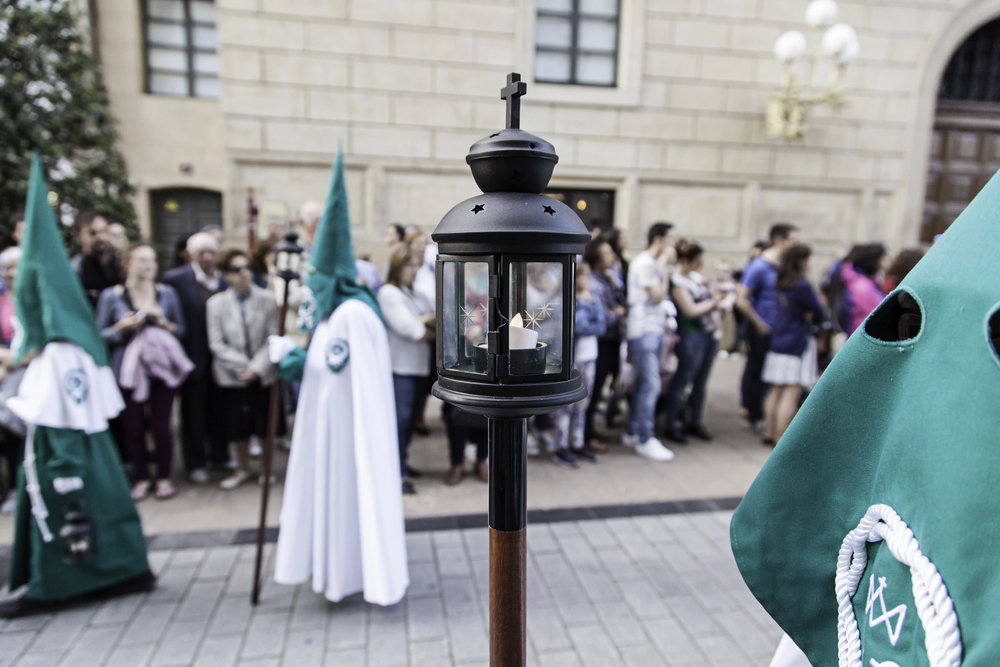
— Photo by esebene-photo
During Holy Week, many Spanish families create their own private processions through their neighborhoods, carrying small religious figures that have been in the family for generations. These aren’t the grand public spectacles tourists see but intimate walks where three or four generations move slowly through quiet streets, often in the early morning or late evening.
Children learn to carry the figures with reverence, while the slow pace allows for whispered prayers and shared memories of relatives who once walked the same route.
El Traje de Flamenca Heredado
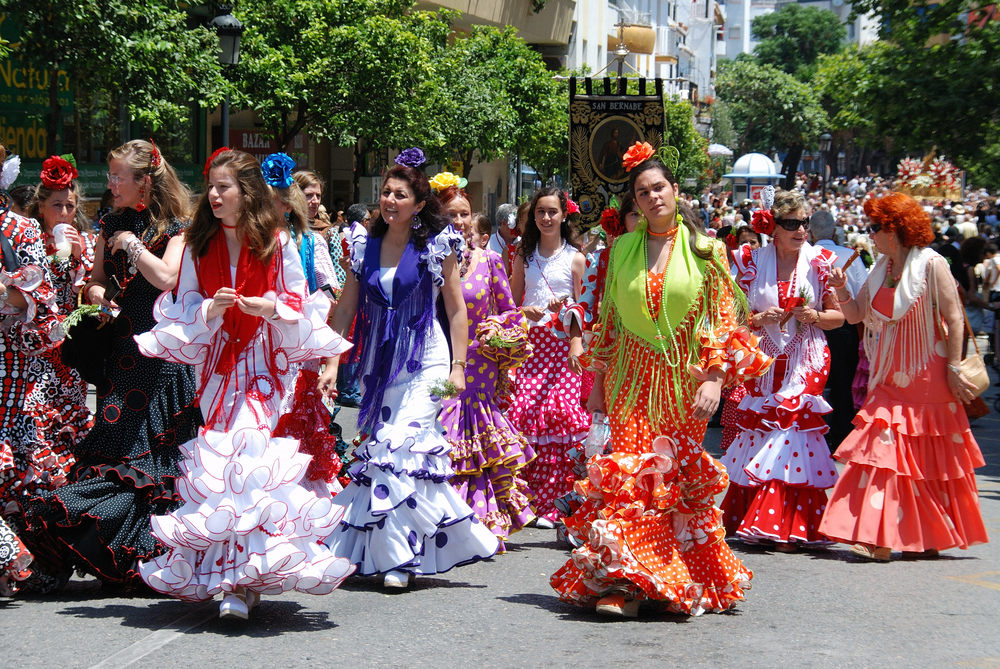
— Photo by arenaphotouk
In Andalusian families, flamenco dresses pass from mothers to daughters like crown jewels, though the tradition goes deeper than just wearing pretty clothes. Each dress carries the history of every woman who wore it to ferias and family celebrations.
Mothers spend months altering vintage dresses to fit their daughters, teaching them how to walk in the tight silhouette and manage the dramatic train. The fitting sessions become bonding rituals where family stories get shared along with sewing tips.
Like Travel Pug’s content? Follow us on MSN.
Las Castañas del Abuelo
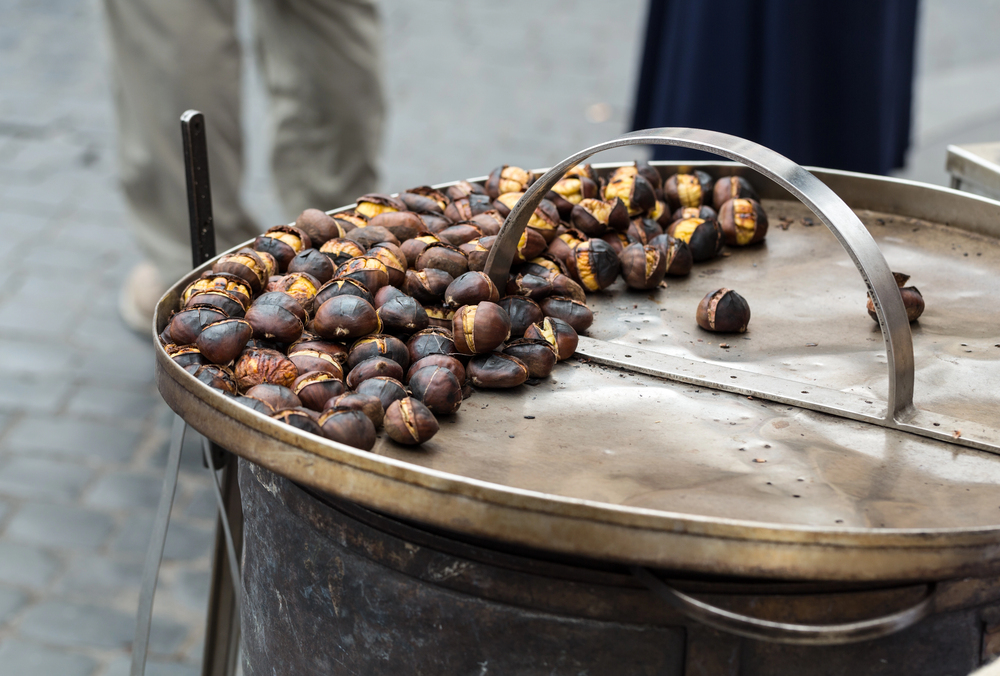
Every autumn, Spanish grandfathers take on the sacred duty of roasting chestnuts for their families using techniques their own grandfathers taught them. This isn’t just about making a snack but creating an excuse for the whole family to gather outside, usually on a Sunday afternoon.
The grandfather tends the fire while telling stories, and the distinctive smell of roasting chestnuts draws neighbors and extended family. Children learn patience waiting for the nuts to cook properly, though everyone leaves with pockets full of warm chestnuts and new memories.
La Cena de Nochebuena Planning
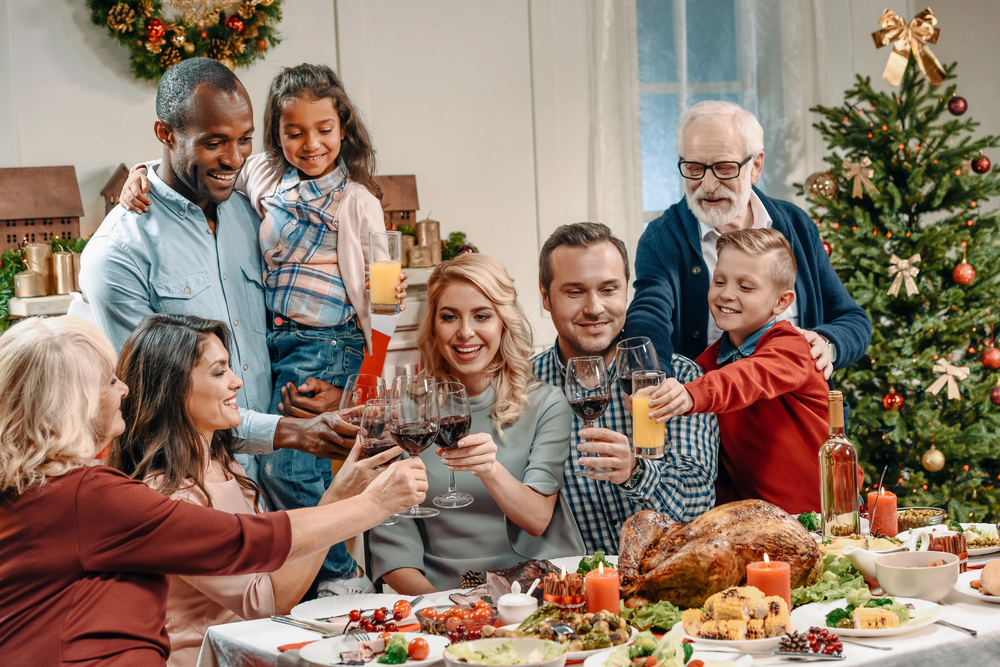
Spanish families start planning their Christmas Eve dinner in October, and the preparation becomes a three-month family project. Different relatives claim responsibility for specific dishes while recipes get debated and modified, and shopping lists get passed between households.
The tradition isn’t just the elaborate meal itself but the months of anticipation, the heated discussions about whether to include new dishes, and the careful choreography required to get everything on the table at the right temperature. By the time Christmas Eve arrives, the family has already spent countless hours together in preparation.
El Libro de Recetas Familiar
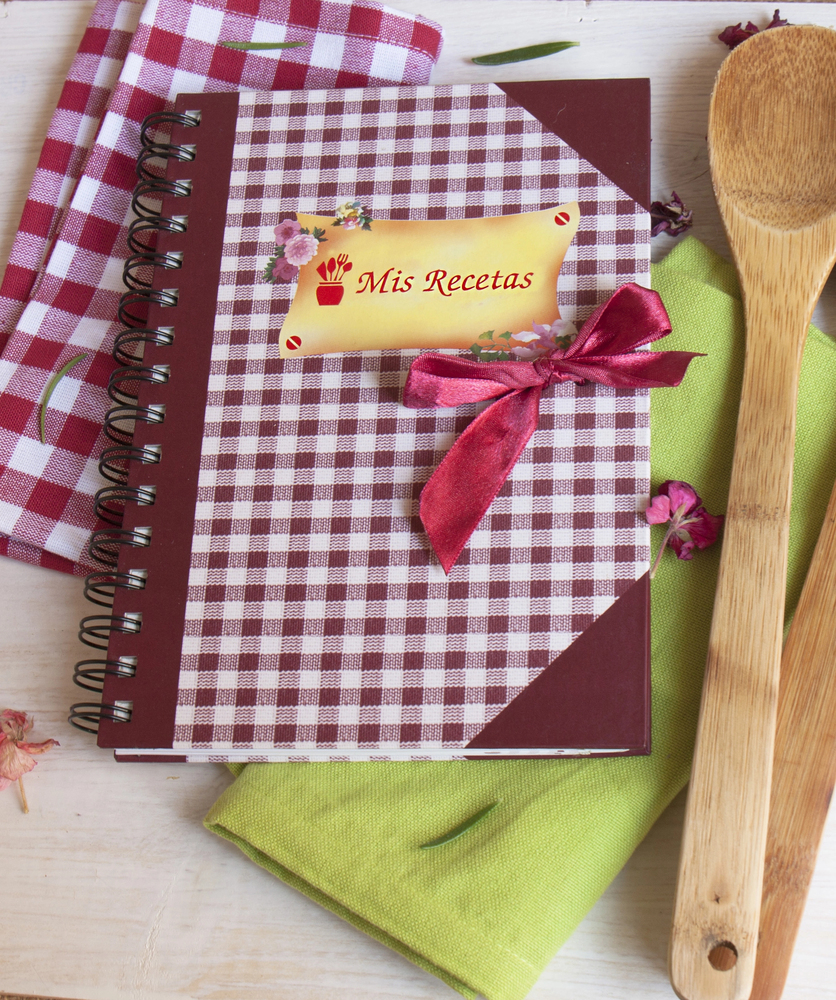
Spanish families guard their recipe collections like state secrets, yet these aren’t just lists of ingredients but handwritten chronicles of family history. Grandmothers write notes in the margins about adjusting recipes for different family members’ tastes, while mothers add modifications they discovered through trial and error, and daughters contribute their own innovations.
The cookbook becomes a conversation between generations, with each woman adding her voice to dishes that might be centuries old. Reading these family recipe books is like following a trail of breadcrumbs through Spanish family history.
Like Travel Pug’s content? Follow us on MSN.
Where Ancient Rhythms Meet Modern Life
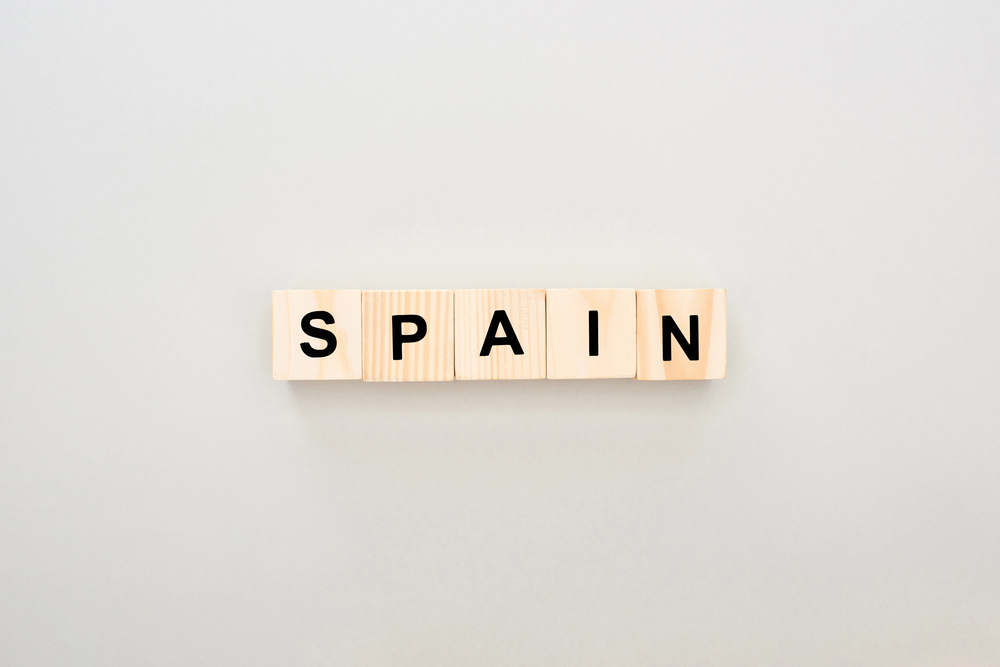
These traditions might seem old-fashioned in our fast-paced world, yet they serve a purpose that Spanish families understand instinctively. In a country where family bonds remain stronger than individual ambition, these rituals create the slow, steady rhythm that holds everyone together.
They’re not museum pieces or tourist attractions but living practices that adapt to modern life while keeping ancient wisdom alive. While the rest of the world rushes toward the next big thing, Spanish families know that some things are worth doing slowly, together, and with love that spans generations.
More from Travel Pug

- 20 Best Beach Towns in the Carolinas
- 13 Destinations Where Tourists Regularly Regret Their Trip
- 20 Things You Actually Get in First Class
- 20 Small Airports With Aviation Museums
- 20 Places in the U.S. That Are Perfect for a Reset Trip
Like Travel Pug’s content? Follow us on MSN.
